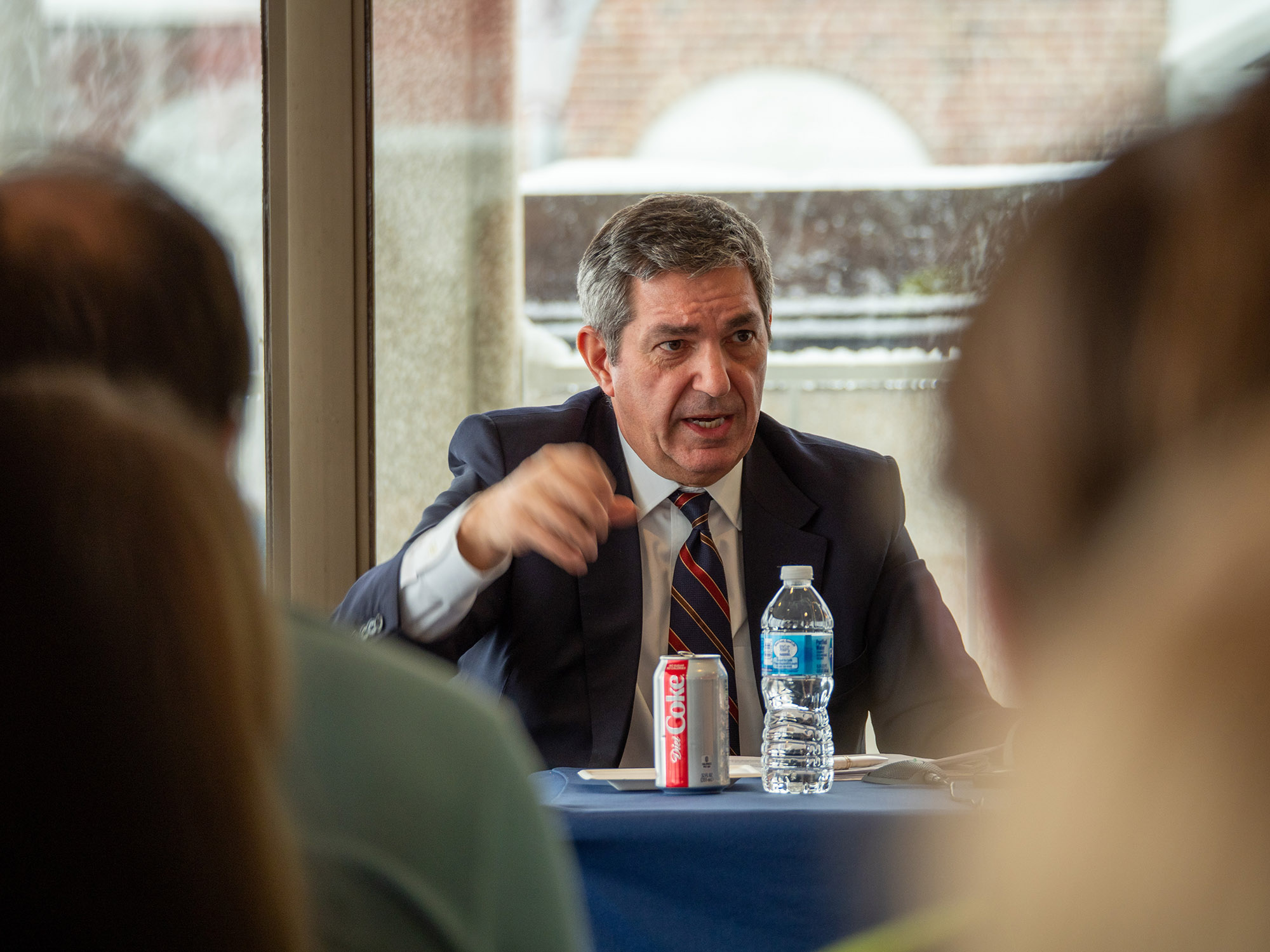Andrew Rotherham:
Policymakers are focusing on the craft of teaching reading. They must also focus on the politics.
Last year’s NAEP scores continued a lackluster streak and set off a predictable bout of handwringing. This time, it was reading instruction — or, more precisely, our national pandemic of ineffective reading instruction — catching the flak. In response, the Council of Chief State School Officers held a summit on reading last month, and the media is starting to pay attention. It’s certainly better than nothing. Yet when a National Council on Teacher Quality study found that about half of the nation’s teacher preparation programs are teaching reading instruction based on science, it was received as great news. Indeed, it was progress — only about a third did in 2013. Still, some analysts, at least the cranky ones, wondered how half was in any way really good news. Half? It’s a disaster for millions of kids.
Given the long, tortuous history on this issue, we might pause to ask whether some articles and meetings are really going to get at the core problem. And we might ask whether we even have the core problem correctly defined. Our reading problem and how we approach it is broadly illustrative of a confusion that often pervades education reform efforts: We conflate problems of education politics with problems of educational craft.
Reading isn’t just the latest obsession of education advocates; literacy is a real issue in people’s lives. Reading matters, from success and belonging in school and being able to navigate everyday situations to the ability to participate fully in the civic franchise of the United States. There is a reason slave owners actively sought to keep enslaved blacks from learning to read and people were killed for teaching them: Literacy is power. Deny people access to the written word, ideas, debate and dissent, and you deny them freedom, agency, liberty — even humanity.
Unfortunately, national data show we do that systematically. Only about a third of fourth-graders are proficient on the National Assessment of Education Progress, and substantially fewer low-income students and black and Hispanic youngsters. In 2019, only 36 percent of eighth-graders said they definitely could understand the meaning of something they read.
It’s also important to stipulate that there are many educational issues where the evidence is genuinely mixed, or where complicated questions of practice, implementation, context or ethics confront reform efforts. Wrestling with that complexity is no small part of what we do at Bellwether, where I work. What should sober us is how much the education sector struggles just as much with issues, in this case, reading, where the evidence does trend clearly in one direction.
That points to a different fundamental culprit — adult politics.
The data clearly indicate that being able to read is not a requirement for graduation at (Madison) East, especially if you are black or Hispanic”
Madison’s taxpayer supported K-12 school district, despite spending far more than most, has long tolerated disastrous reading results.
In addition, Madison recently expanded its least diverse schools.
My Question to Wisconsin Governor Tony Evers on Teacher Mulligans and our Disastrous Reading Results.







